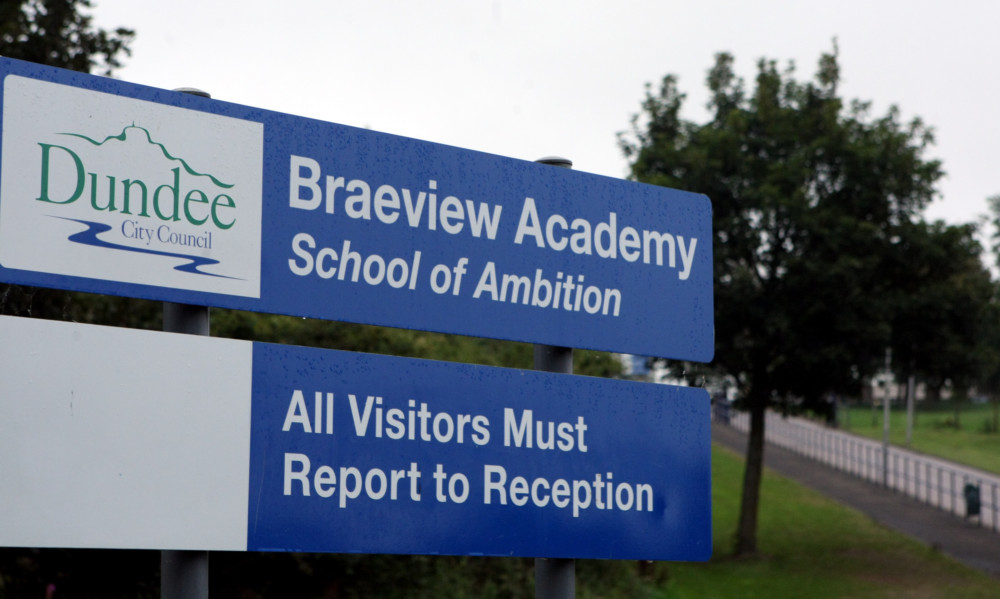A pilot project at Braeview Academy to persuade pupils to come to class more often has been hailed a success.
It targeted children with poor attendance records and low self-esteem and saw them encouraged to take part in activities including sport, music, art and cookery.
Absences by most of the pupils were reduced and the potential for the scheme to be rolled out to other secondary schools is being explored.
Raymond Perry, Braeview’s deputy head teacher, said: “This is good practice that could be shared with other schools. The concepts are simple and achievable and would build on work already ongoing with young people.”
The pilot was run jointly by the city council and NHS Tayside, with research carried out by the National Social Marketing Centre. Its results have been reported to Dundee Community Health Partnership.
The pupils with low attendance were found to have less structured lives than their classmates and they were less positive about school life and less confident in their own abilities.
Paul Ballard, NHS Tayside’s deputy director of public health, said: “Braeview Academy had successfully instituted a series of support initiatives to help these pupils integrate into the school environment including breakfast clubs and highly supportive pastoral care services.
“The school also provides highly innovative educational resources and courses to ensure that pupils have access to vocational services, and other subject areas such as music and broadcast media.
“However, the school still had a hard core of pupils who had very low rates of attendance and it was these pupils that we hoped the project would have a positive impact on.”
An action plan was drawn up to create activities that would interest the pupils.
Most were able to follow their interests in sports, music, arts and even a small in-school cookery class, although there were some difficulties in getting the pupils to go to the various groups and clubs involved.
A report to the community health partnership said the process had allowed some hidden talents to be discovered.
“One pupil was a black belt in taekwondo and was a Scottish champion involved in regular competitions throughout the UK,” the report went on.
“The pupil had never discussed this in school due to being very shy and introverted.
“It was this form of ‘hook’ we were seeking, where we could link a hobby or interest to school thus encouraging re-engagement with school and reintegration with the curriculum and learning process,” the report said.
Seven of the nine pupils involved in the project increased their attendance, with one managing a perfect 100%.
One of the boys attended less often and one of the girls left school.
Mr Ballard said: “As a result of this project, there has been a significant improvement of the pupils’ attendance rates and they also feel more positive about school because of their involvement in the design of structured activities which evolved from their interests and values.
“This in turn had a considerable impact on boosting their self-confidence and self-esteem.”
The cost of the project was £6,500, although most of that was for the external research, and the report said it could be replicated elsewhere with relatively little money.
